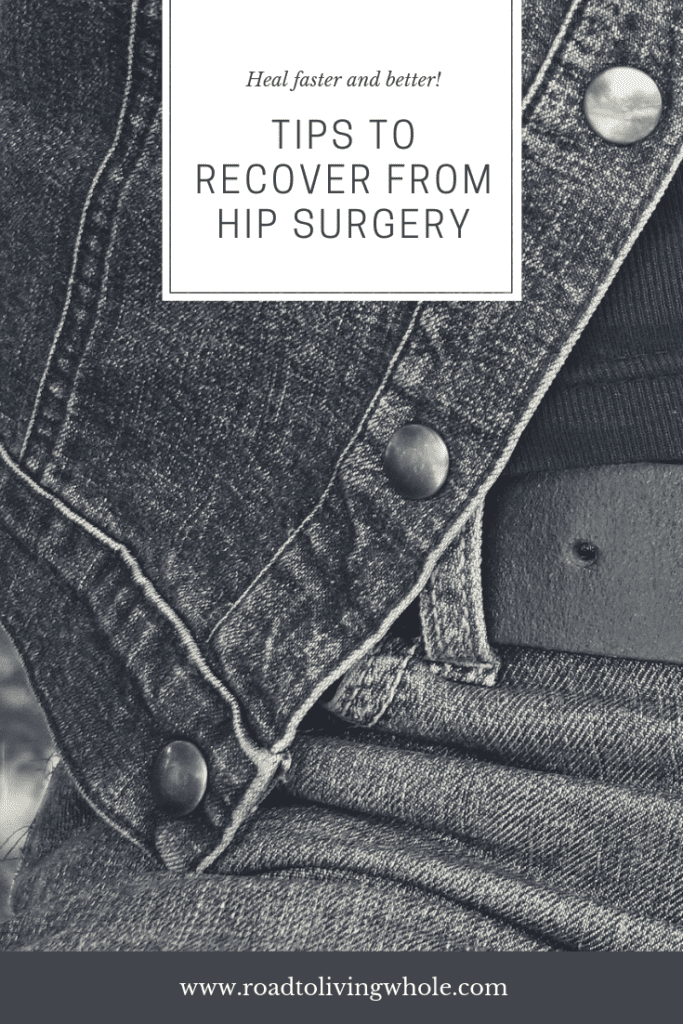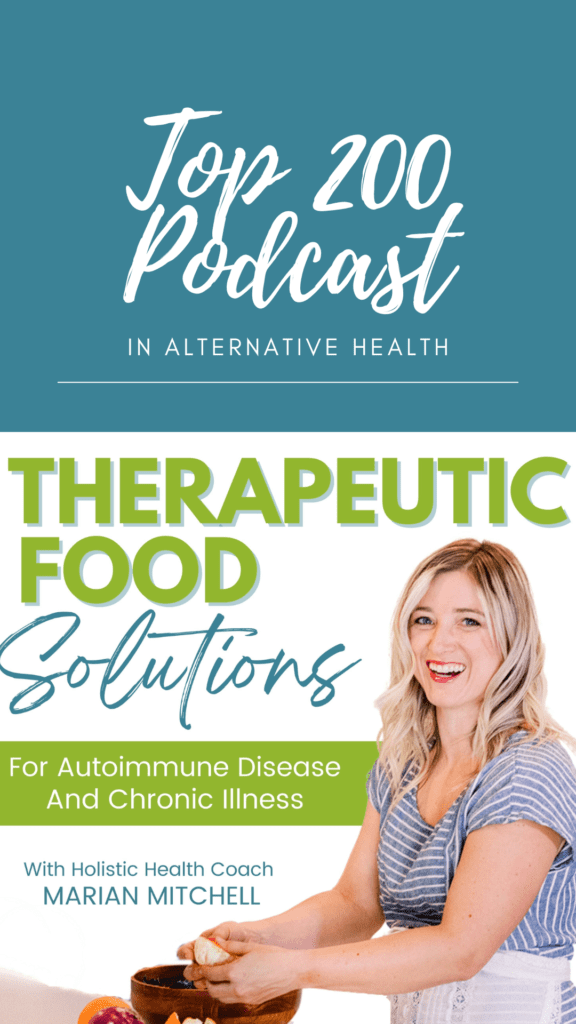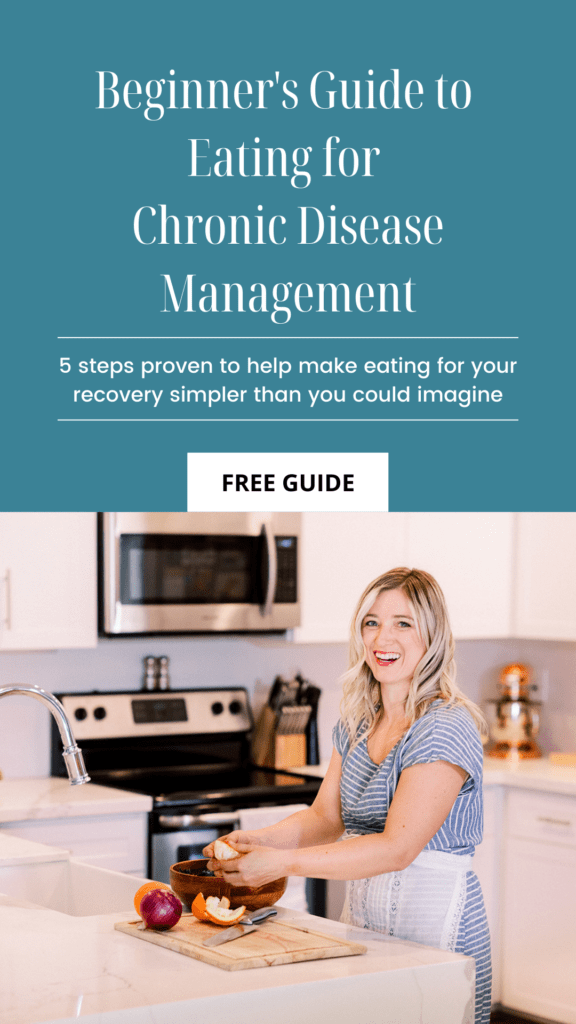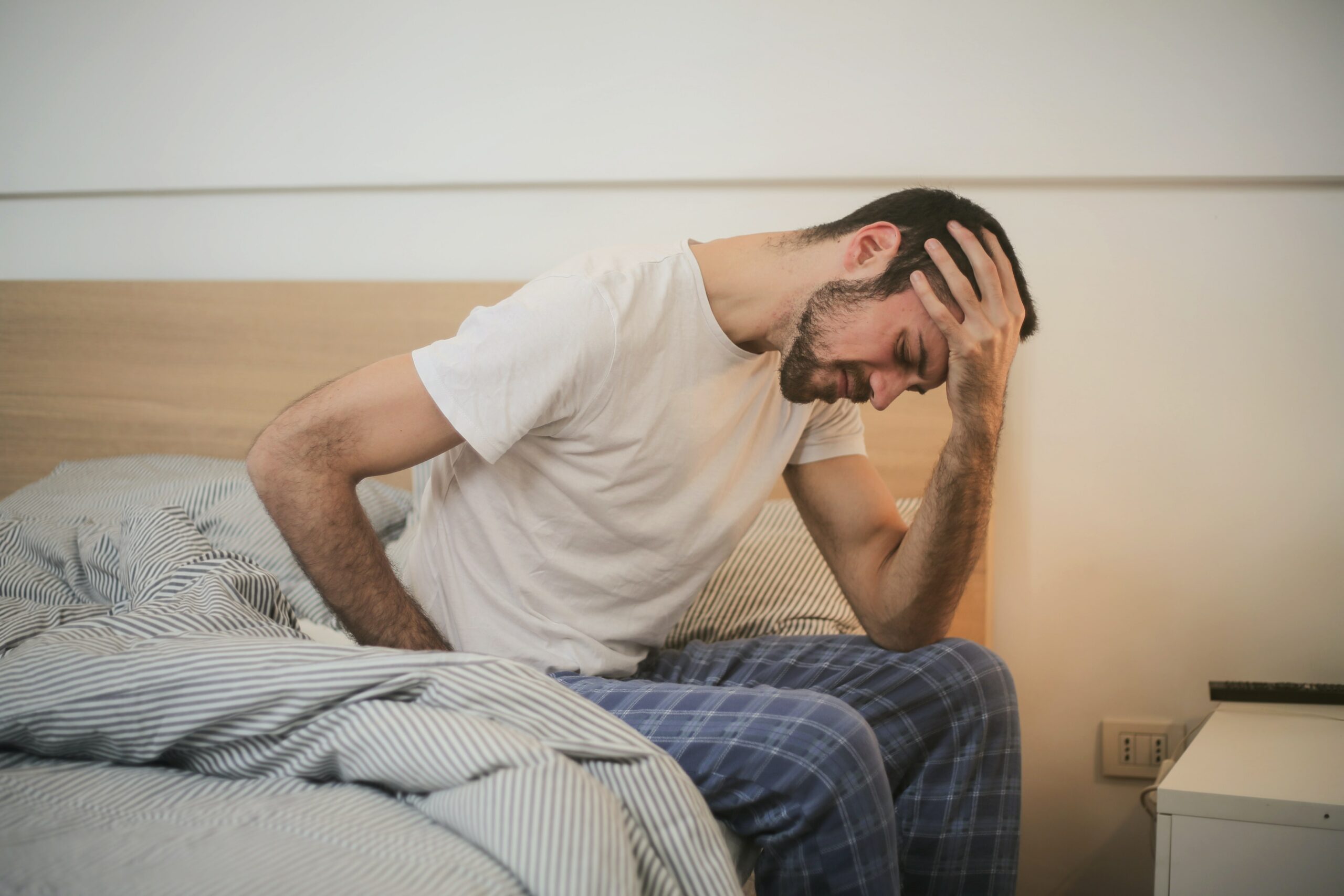There are many different hip problems that people can experience. If you are experiencing hip pain or injury, it is important to find a professional who can help you to return to normal functionality and alleviate the discomfort and pain you are suffering from.
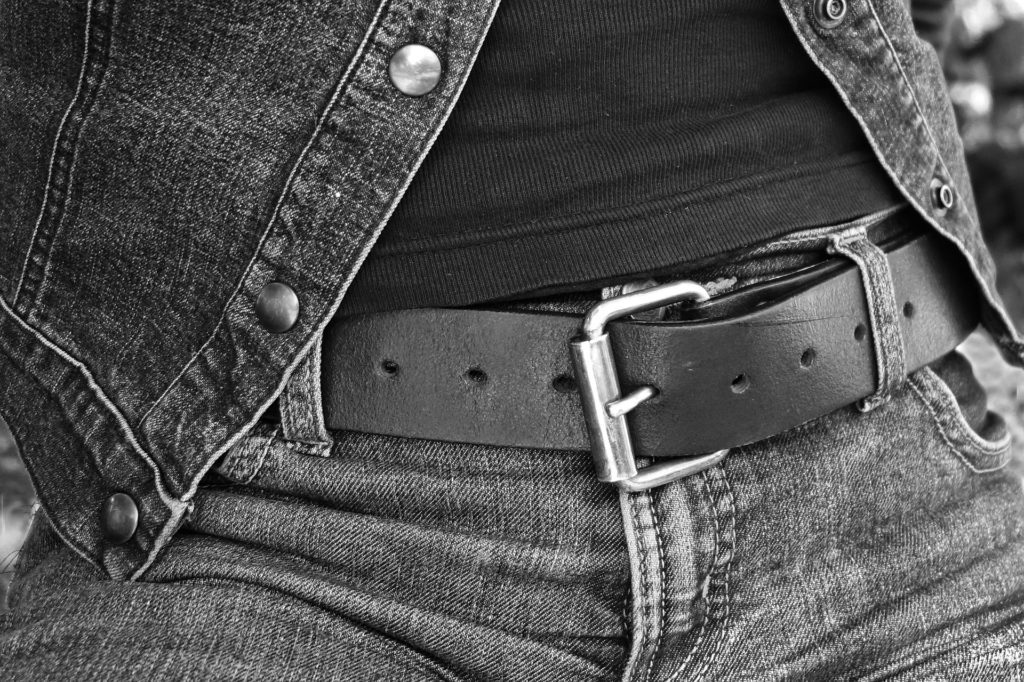
Some of the most common hip problems include:
- Bursitis
- Iliotibial Band (ITB) Friction Syndrome
- Hip Tension/Tightness
- Osteoarthritis
- Post-Operative Rehabilitation
- Hip Replacement Rehab
- Post Dislocation Rehab
- Hip Synovitis
- Muscle Injury
As mentioned, hip problems vary, and this highlights just how important the diagnosis stage is. When you visit a professional in skilled nursing, they will begin the appointment by carrying out a full assessment of your hips and discover the true extent of your symptoms so that they can make an accurate diagnosis and get to the underlying cause of your pain. This allows them to put together the most effective course of treatment, ensuring you are feeling as good as new in no time.
The importance of booking a physiotherapy appointment as soon as you experience any discomfort cannot be undervalued, as your hips are subject to a large amount of use on a daily basis and they are major weight-bearing joints. If you don’t get the issue dealt with quickly, it will only get worse, causing you further pain and having a negative impact on your everyday functionality. In some instances, hip pain can also lead to other health injuries, such as lumbar spine referred pain or an inguinal hernia, which is a risk you certainly do not want to take.
Hip Replacement Rehab
Have you recently undergone hip replacement surgery? Perhaps your operation is soon and you are wondering what the recovery process afterwards entails?
Unfortunately, once your operation has been carried out, the recovery process has only just begun; as you need an effective rehabilitation program to get you back on track. After hip replacement, symptoms can vary from person to person, depending on a whole host of different factors, such as pain relief or medication used, degree of trauma to tissue during surgery and, of course, the severity of the injury prior to the operation. This is why no two treatment plans are the same.
Anti-Inflammatory Diet for a Speedy Recovery
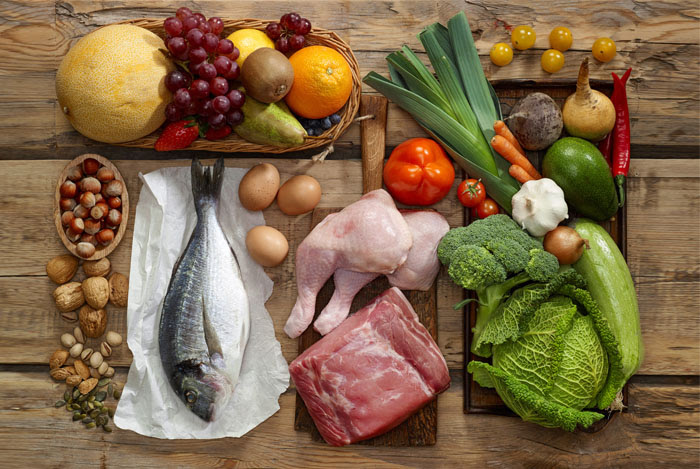
What you put into your body matters more now than ever. Food is either feeding inflammation and pain, or reducing it. It’s either nourishing your bones or making them weaker and prone to injury.
The top foods to avoid are:
- Sugar
- Artificial sweeteners
- Carbonated beverages
- Fast food
- Potato chips and other processed snack foods
- Grains including bread, pasta, and crackers
- Vegetable oils
Top foods to enjoy are:
- Vegetables, especially dark leafy greens
- Fresh fruit (not juice)
- Fish
- Nuts and seeds including brazil, almonds, pumpkin and sunflower seeds
- Healthy fats including avocado, extra virgin olive oil, and coconut milk and oil
- Bone Broth
By following the above recommendations, many of our clients have found their post-surgery recovery faster than their doctors anticipated and enjoy more mobility and less pain.
The treatment is designed to help alleviate the symptoms that often occur after a hip replacement surgery, including soreness, stiffness, swelling and tenderness, all of which range in severity and can get worse when carrying out specific activities, which is why professionals will provide you with self-care advice regarding what to do and what not to do during the recovery phase. Not only are professionals concerned with alleviating pain, but also they will ensure your body gets back to its normal function as quickly as possible, as movement can still be fairly restricted after such a surgery.
